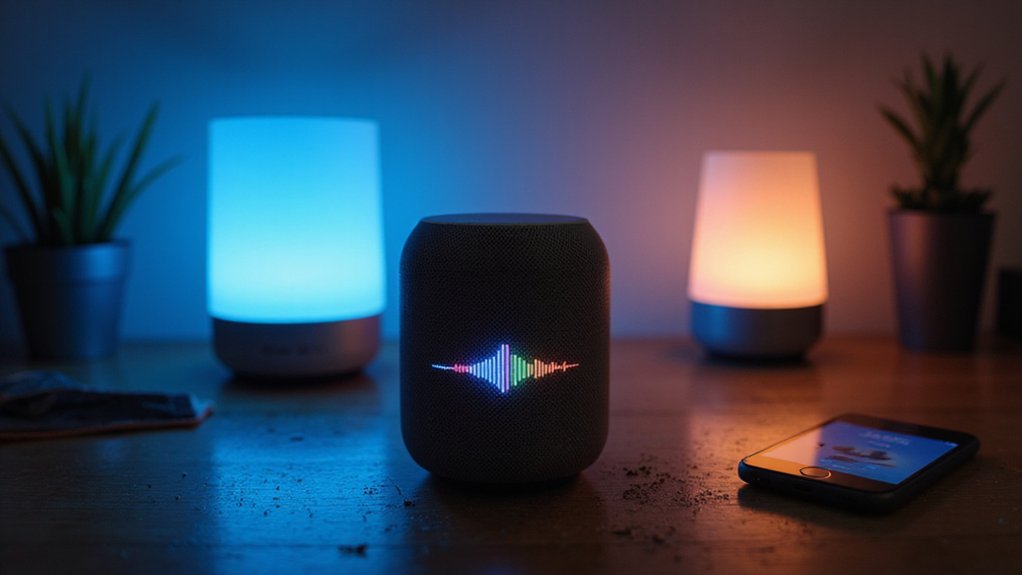As AI technology continues to reshape how people interact with their devices, mobile apps are experiencing a dramatic transformation in search and voice capabilities. The latest data shows that mobile app session durations have jumped by over 300%, with nearly two-thirds of consumers now preferring apps over websites when interacting with brands.
This shift comes as AI-powered search engines handle about 6% of all search traffic today, a figure expected to reach 10-14% by 2028. Companies like Google are leading this change with AI features such as Gemini and conversational agents that now reach 1.5 billion monthly users worldwide. Advanced AI assistants are increasingly becoming a seamless part of daily life, with approximately 8.4 billion voice-enabled devices in use globally as of 2024.
The impact on user engagement is striking. AI chatbot apps grew by 112% over the past year, making them the fastest-growing app category in 2025. More than 60% of mobile users now interact with voice assistants and AI chatbots monthly, and nearly one in five adults rely on AI tools daily. The emerging popularity of AI in Health & Wellness applications demonstrates how users are finding value in AI beyond traditional productivity tools.
These AI-enhanced visitors aren’t just more numerous—they’re more valuable. Data indicates AI search visitors are 4.4 times more valuable than traditional organic search visitors, showing higher engagement and conversion rates.
The business potential is enormous. The consumer AI market has reached approximately $12 billion in revenue, with the overall AI market valued at $391 billion. Experts project this will grow to $3.5 trillion by 2033, expanding at 31.5% annually. Healthcare providers incorporating AI solutions have seen administrative workloads reduced by 30-50%, allowing professionals to focus more on patient care.
Technical advances are making this possible. Features like retrieval-augmented generation allow AI search to pull information from both public and private sources. Multimodal capabilities let users search using text, voice, and images, creating richer experiences.
However, challenges remain. Rising error rates and bounce metrics show that complex AI features need better fallback strategies and error handling. Voice AI must overcome hurdles like diverse accents, speech patterns, and ambient noise.
With 61% of American adults having used AI in the past six months, it’s clear these technologies aren’t just for tech enthusiasts anymore. They’re quickly becoming standard features that today’s mobile users expect and value.
References
- https://www.omnius.so/blog/ai-search-industry-report
- https://sensortower.com/blog/state-of-ai-apps-report-2025
- https://www.itransition.com/services/application/development/mobile/statistics
- https://www.fullstory.com/blog/data-backed-mobile-app-trends/
- https://menlovc.com/perspective/2025-the-state-of-consumer-ai/
- https://explodingtopics.com/blog/ai-statistics
- https://blog.appomate.com.au/2025/10/30/ai-app-market-statistics-and-trends-2025/
- https://www.digitalsilk.com/digital-trends/ai-statistics/









